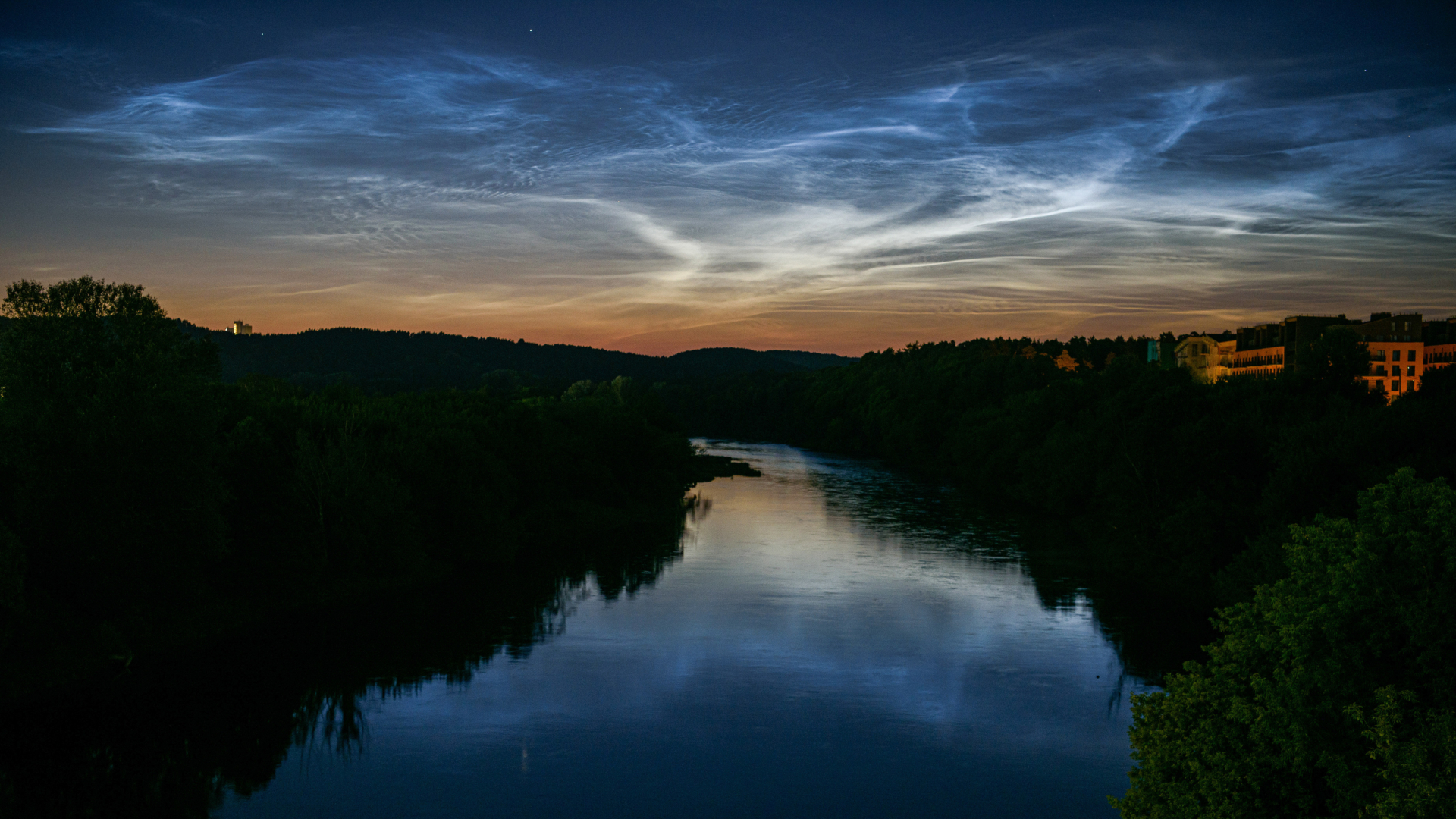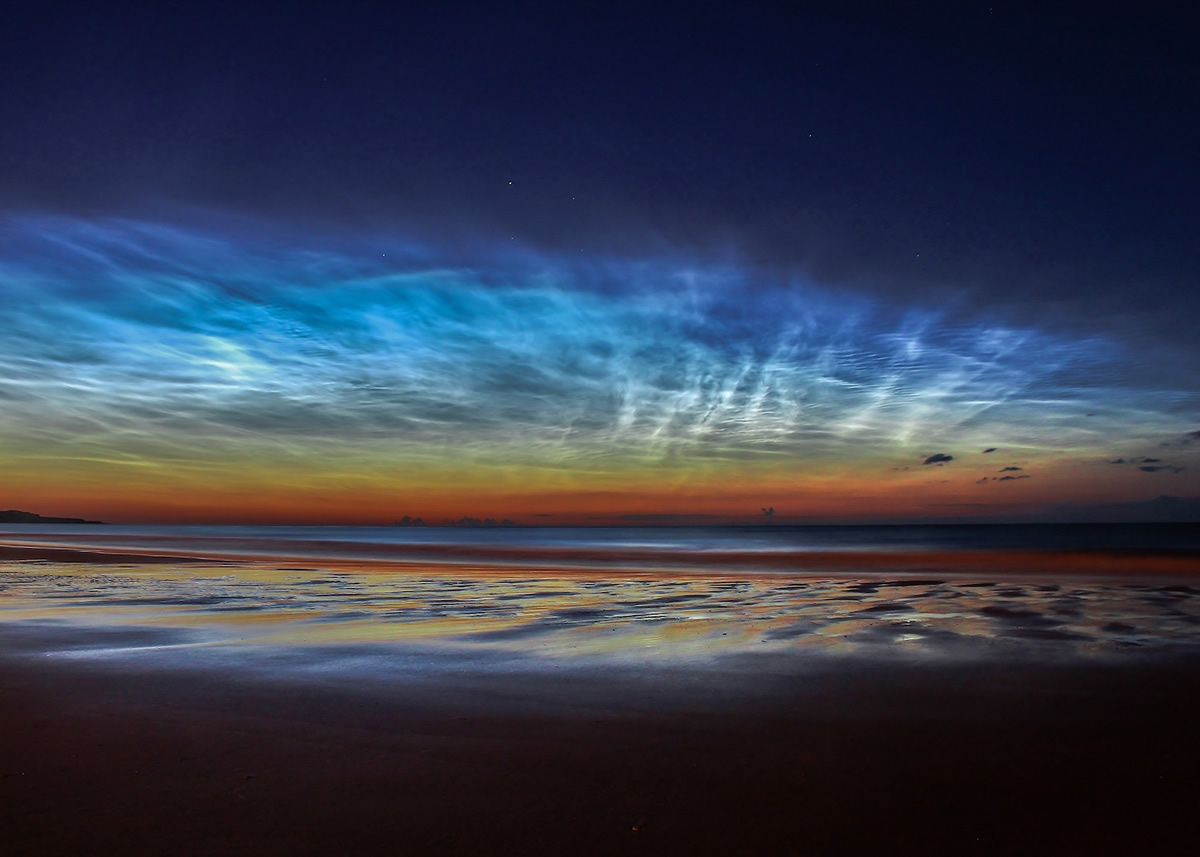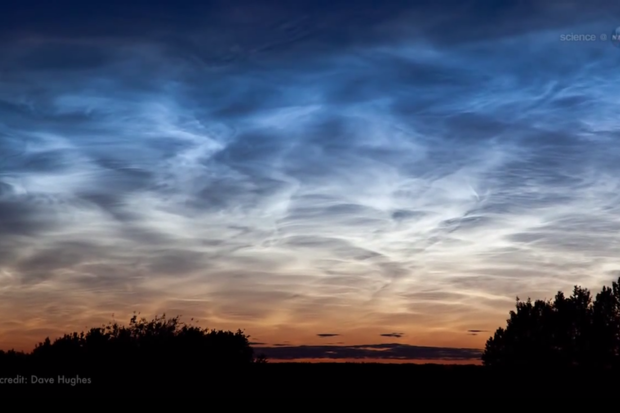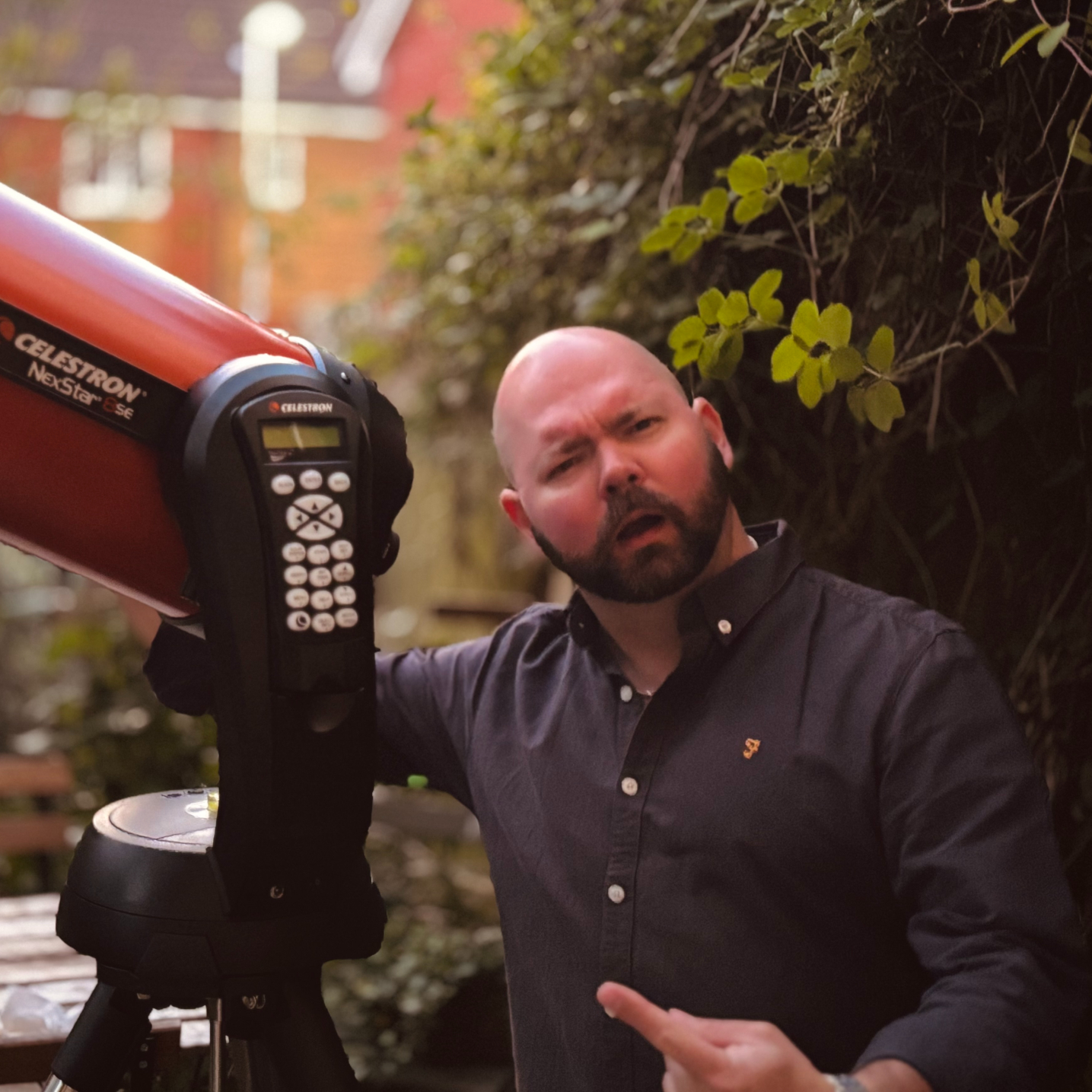Noctilucent cloud season 2025 is upon us! Here's how to spot elusive 'night-shining' clouds

Noctilucent cloud season is upon us! Here's what you need to know about when to catch the spectral phenomenon as we move into the prime viewing season of the summer months.
Astronomers and clouds are natural enemies, owing largely to the latter's habit of obscuring the sky beyond with dense veils of condensed water vapor.
One exception to this rule is the appearance of noctilucent clouds — delicate wisps of icy particles that appear to glow a spectral blue in the sun's reflected light in the post-sunset and predawn hours. These rare clouds form roughly 50 miles (80 kilometers) above Earth in the mesosphere, a cold layer of the atmosphere located about 43 miles (70 km) above where ordinary clouds form.
When to see the 'night shining' clouds
The best time to see noctilucent clouds is on clear nights between late May and mid-August, about 90 to 120 minutes after sunset or before sunrise. Sightings are most common during June and July.
Skywatchers are most likely to spot noctilucent clouds at northern latitudes during high summer in the northern hemisphere. Around this time, the sun never dips far below the horizon, leaving it well placed to illuminate the high-altitude icy particles as night settles in. Noctilucent clouds most commonly appear between 45 and 80 degrees north of the equator — a range that includes some of the most northernmost U.S. states including North Dakota, Montana and Washington.

In recent decades, this captivating phenomenon has been showing up at lower latitudes than ever before. The reasons for this shift have been attributed to a mix of sources, ranging from climate change to the increased cadence of rocket launches, according to the Royal Museums Greenwich.
Clouds born of cosmic visitors
Noctilucent clouds form when warm, moisture-rich air rises high into the atmosphere during the summer months, according to the stargazing site EarthSky.com. As the air ascends into the thinning atmosphere, it gradually expands and cools, until it's cold enough for ice crystals to form around tiny dust particles drifting at high altitudes.
Breaking space news, the latest updates on rocket launches, skywatching events and more!
Some of these dust particles may be the remnants of the countless tiny meteors that collide with Earth's atmosphere on a daily basis, while others were born of volcanic eruptions or pollution before getting carried high into the atmosphere.

The lofty altitude of noctilucent clouds allows them to reflect the sun's light after it has set below the horizon, granting them an almost ethereal brightness against the darkening sky. Their icy composition also gives them a relatively high albedo compared to ordinary clouds, which means they reflect a greater ratio of incoming light.
Editor's Note: If you snap an image of noctilucent clouds and want to share it with Space.com's readers, then please send your photo(s), comments, and your name and location to spacephotos@space.com.

Anthony Wood joined Space.com in April 2025 after contributing articles to outlets including IGN, New Atlas and Gizmodo. He has a passion for the night sky, science, Hideo Kojima, and human space exploration, and can’t wait for the day when astronauts once again set foot on the moon.
You must confirm your public display name before commenting
Please logout and then login again, you will then be prompted to enter your display name.
